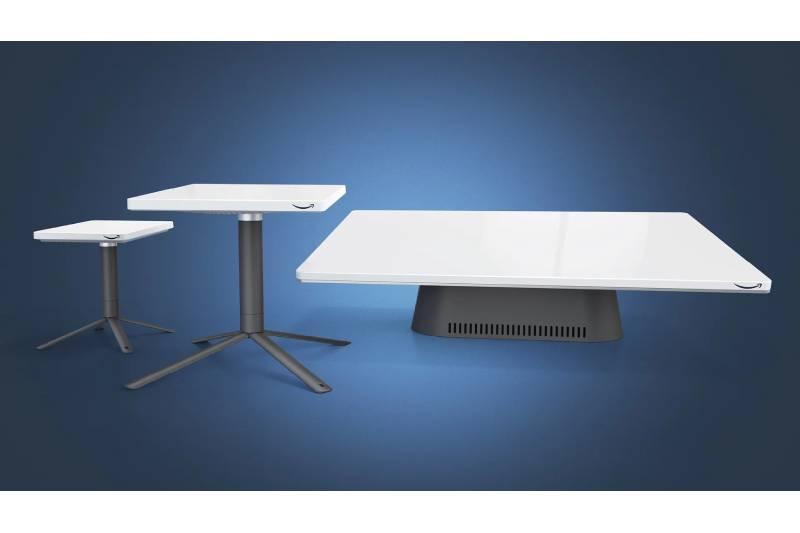
Amazon Is Prepared To Introduce Its Rival Starlink
- Science
- April 4, 2025
The launch of the first 27 Project Kuiper space internet satellites is planned for next week. Amazon has arranged for 80 of these launch flights, each of which will put dozens of satellites into low earth orbit (LEO), enabling it to build a constellation that can rival Elon Musk’s Starlink powerhouse. According to Amazon, it plans to start providing low-latency, high-speed internet access “later this year.”
The United Launch Alliance’s Atlas V rocket will carry the KA-01 mission satellites, which stand for Kuiper Atlas 1. Assuming favorable meteorological and technological conditions, it is currently planned for Wednesday, April 9th at 12 p.m. ET at the Cape Canaveral Space Force Station in Florida. Yes, SpaceX is one of Amazon’s other Project Kuiper launch partners, along with Arianespace and Blue Origin.
Amazon’s space internet service will eventually be accessible from “almost anywhere on the planet” as a worldwide service. In order to access the satellite constellation, users will require terminal antennas. Amazon stated in 2023 that its smallest dish, a seven-inch square model that weighs only one pound, would provide rates of up to 100 Mbps, making it a competitor to the Starlink Mini. By providing larger dishes for home and business use with speeds up to 1Gbps, Amazon will further compete with SpaceX. In order to draw users, Amazon plans to manufacture the terminals “for less than $400 each,” which may or may not be subsidized.
More than 3,200 LEO satellites will eventually make up Amazon’s first-generation satellite system. These satellites will orbit the Earth in roughly 90 minutes at a speed of 17,000 mph (27,359 km/h), 392 miles (630 km) above the ground. Since its debut in 2019, SpaceX’s Starlink constellation has grown to include over 7,000 low-Earth orbit (LEO) satellites.
The KA-01 satellites are notable for being covered in a “dielectric mirror film unique to Kuiper,” which disperses reflected sunlight. According to Amazon, that should help make them less noticeable to astronomers on the ground.
Despite having already launched two Project Kuiper prototype satellites, Amazon’s next mission will involve several risky firsts. “This will be the first time we’ve flown our final satellite design and the first time we’ve deployed so many satellites at once,” said Rajeev Badyal, vice president of Project Kuiper. “We’ve done extensive testing on the ground to prepare for this first mission, but there are some things you can only learn in flight,” he said.
“This is just the beginning of our journey, and we have everything in place to learn and adapt as we prepare to launch repeatedly over the coming years, regardless of how the mission turns out.”